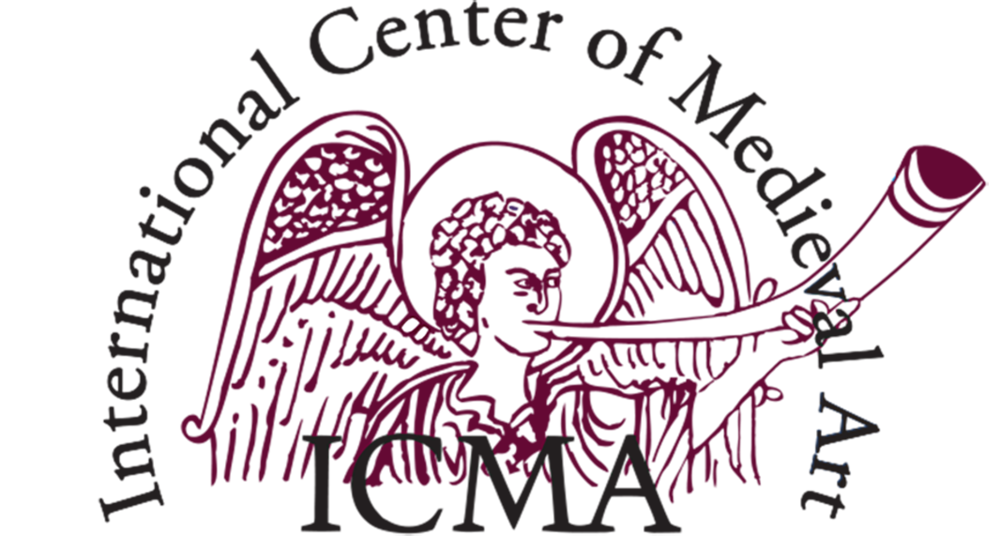At her death on March 6, 2015, Barbara Abou-El-Haj left a book, long in the works, unfinished. Her title was Lordship and Commune: A Comparative History of Building and Decorating in Reims and Amiens. The book was to engage with the ways in which the differing political structures of the medieval cities of Reims and Amiens affected the construction of their respective Gothic cathedrals in the thirteenth century. Abou-El-Haj observed that scholars have noted the differences in the apparent quality and variety of sculptural decoration at Reims and Amiens but failed to consider the dissimilar political situations in the cities. The archdiocese of Reims was ruled by an autocratic archbishop-count, who held the power to levy taxes on its citizens, while Amiens, a suffragan of Reims, was a self-ruled commune independent of episcopal jurisdiction. She maintained that it was precisely the governmental differences at the sites and the resulting disparity of resources that were reflected in the buildings themselves.
Abou-El-Haj’s scholarship was deliberately provocative and she aimed to inspire scholars to think beyond the received wisdom. She particularly questioned tidy formulations that saw parallels between the aesthetic harmonies of Gothic cathedrals and purported social consensus on the ground. Such efforts are evident in two influential articles: “The Urban Setting for Late Medieval Church Building: Reims and its Cathedral between 1210 and 1240,” Art History 11 (1988): 17-41; and “The Audiences for the Medieval Cult of Saints,” Gesta 30 (1991): 3-15.
With her Lordship and Commune book, Abou-El-Haj was poised to inspire a new generation of art historians to grapple with the interrelations of political and social conditions and the aesthetics and iconographies of monumental art in the high Middle Ages. But the typescript she left behind was only half written and it would be impossible for even the most dedicated colleagues and students to complete it adequately.
In this situation, however, we saw an opportunity. In The Lordship and Commune Project: A Collaboratory we hope to pick up what we might term Abou-El-Haj’s “call to analysis,” creating an interactive web site that distills and fills in her text, provides relevant bibliography, and poses questions inspired both by Abou-El-Haj’s propositions and her methods. We hope to encourage readers to supplement, revise, applaud, and generally engage with this material in order to revive the most vibrant parts of Barbara Abou-el-Haj’s academic work.
Abou-El-Haj’s text was to be illustrated with new photographs of the cathedrals of Reims and Amiens, shot by her daughter Sarra-Fleur in 2006. We have selected roughly one hundred of these images to be included in the “Gallery” sections of the current site. The full suite of Sarra-Fleur’s photographs are catalogued and available for download in the Shared Shelf portion of ARTstor, for Binghamton University. To get access to them, go to Shared Shelf Commons. You will get to a screen that says SEARCH with a box below, and beneath that, a pulldown menu. In the pulldown menu, go to the second option, “Binghamton University: Sarra Fleur Abou-El-Haj.” For the Amiens images, type Amiens into the SEARCH box, for Reims images, type in Reims.
We also link here an obituary, posted by the Department of Art History, Binghamton University.
And a faculty page with a full bibliography for Barbara Abou-El-Haj.
